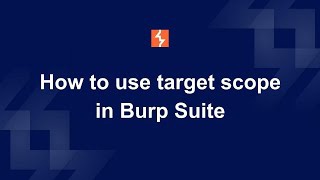


This ensures I don’t accidentally pass any personal data to one of my client’s sites such as the password to my gmail account for example. #ProTip I use a separate browser for web application testing. Navigate to and ensure your IP address is coming from your testing environment. Configure your browser’s proxy settings to use Burp Suite. Now Burp Suite is configured to route traffic through your outbound SSH tunnel. Type in localhost for the host option and 9292 for the port option. From the “Connections” sub-tab, Scroll down to the third section labeled “ SOCKS Proxy”. Navigate to the Options tab located near the far right of the top menu in Burp Suite. SSH out to your testing server and setup a SOCKS Proxy on your localhost via the ‘–D’ option like this. I prefer to use a simple SSH connection which works nicely for this purpose. This ensures that testing traffic originates from your approved testing environment. Configure Outbound SOCKS Proxy – Burp Suite Tutorialĭepending on the scope of your engagement, it may be necessary to tunnel your Burp Suite traffic through an outbound SOCKS Proxy. This will be the first in a two-part article series.ĭisclaimer: Testing web applications that you do not have written authorization to test is illegal and punishable by law. After reading this, you should be able to perform a thorough web penetration test.
Burp suite tutorial part 2 how to#
I will demonstrate how to properly configure and utilize many of Burp Suite’s features. The following is a step-by-step Burp Suite Tutorial. Burp Suite from Portswigger is one of my favorite tools to use when performing a Web Penetration Test.


 0 kommentar(er)
0 kommentar(er)
